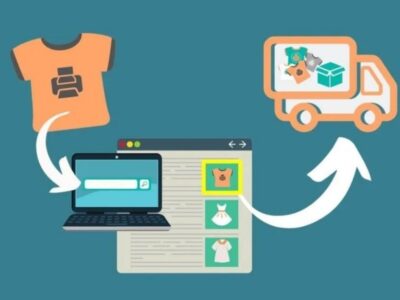The increasing number of cyberattacks on businesses has been a major concern in the past few years. The pandemic has only made things more vulnerable to cybercriminals and hackers, who know that businesses are facing disruptions in operations, employees are working from home, and the whole process is rather scattered. At this point, it is critical to upgrade cybersecurity to the next level and improve the defenses, so that each online vulnerability can be addressed. Ransomware, for the unversed, is a type of malicious file that often is downloaded and installed when someone falls for a phishing attack.
In this post, we are discussing more on how to deal with ransomware threats, and the preventive measures that must be taken by every business.
How does ransomware work?
Hackers typically want to use ransomware to extort money. You may download a file from the internet or your email, which may either contain the malicious file, or another malware, like trojan, which eventually installs the ransomware. Once installed, ransomware encrypts networks, data, or parts of sensitive information, and the hacker will demand a ransom, against which they promise to send a decryption key. The money is usually demanded through bitcoin payment. The trick here is, even if you choose to pay the ransom, there is no assurance that the hacker will give the key, or the key will work.
Preventing ransomware attacks
- First and foremost, ensure that your business has backups of all sensitive data and information. Network details and other information must be saved securely for immediate restoration of systems, in case a ransomware attack happens.
- Ensure that your employees know about cyberattacks, ransomware and malware attacks in particular. They are on the frontline of ensuring security, and their knowledge of safe browsing and email usage is critical for your organization.
- For additional protection, consider Multi-Factor Authentication (MFA), where possible. This may include a secondary question, an OTP for login, and use of biometrics. Where needed, use the lockout feature.
- Use network segmentation. Dividing the network into subnetworks is critical for preventing the impact of malware attack on the entire system. Ensure that you are using network segmentation efficiently, and place all devices behind firewalls.
- Recommend a password management tool for employees. Addressing most security questions would be a lot easier when your employees manage passwords and sensitive information better. Find a good password management tool and ensure that your employees know how to use one.
Ransomware attacks can be prevented. Just take the right steps.







Comments